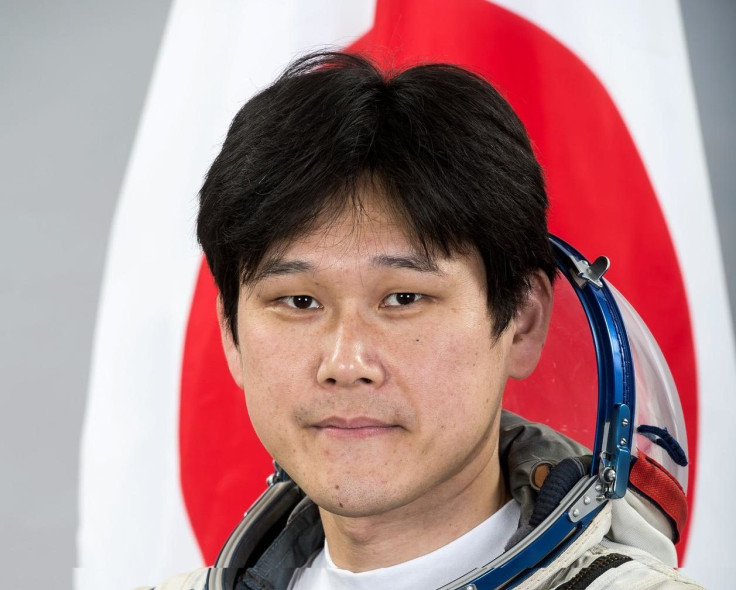The Best Way To Get Taller Is To Move To Space

UPDATE: Jan. 10, 2018, 10:46 a.m. EST: Japan Aerospace Exploration Agency astronaut Norishige Kanai tweeted Tuesday that there had been some sort of "measurement error" and that he actually hasn't grown nine centimeters since arriving in space as he previously said. This error did, however, make him a little less nervous about fitting into the Soyuz to return to Earth in June.
Original story:
Most people stop growing at about the age of 20. But a fully grown person can add a bit more height by spending some time in space.
Astronauts who go to space actually gain a few centimeters while they’re up there due to the lack of gravity they experience while away from Earth. This is what happened to Japan Aerospace Exploration Agency astronaut Norishige Kanai on the International Space Station.
Kanai tweeted Monday from the station and said that after just three weeks on the station, he’s “grown” 9 cm, or 3.5 inches. In a second tweet he explained that this “growth” happens because in the zero-gravity environment, the openings between the bones in the body actually space out more, especially those in the spine.
But this added height doesn’t last long. When Kanai’s six months or so on the station come to an end in June and he returns to Earth, he’ll also return to his normal height. That is assuming he can fit in the Souyz pod seats with his new height. NASA actually studies this change in height that occurs in astronauts for long-duration stays in space. But most astronauts only grow about two inches during their time, far less than Kanai’s three-and-a-half inches so far.
A good way to think of the spine is to imagine a spring, says NASA, and the force of gravity keeps the spring nice and tight, but when gravity is taken away, that spring, or the spine, is allowed to stretch out. This is the same reason some people feel or even measure taller in the morning after they’ve spent a night of sleep, the same process happens just in a less exaggerated manner.
NASA also studies this phenomenon in its astronauts on the International Space Station. The agency first measured spinal expansion in its astronauts in 2013 using the Ultrasound 2 machine on board.
But NASA has continued the research into the growth. Just last year it used the ultrasound again to determine the level of accuracy of the ultrasounds taken on board, according to NASA.
みなさま、おはようございます。今日は重大なご報告があります。
— 金井 宣茂 (@Astro_Kanai) January 8, 2018
実は、宇宙に着いてからの身体計測があったのですが、な、な、なんと、身長が9センチも伸びていたんです!
たった3週間でニョキニョキと。こんなの中高生のとき以来です。
帰りのソユーズの座席に体が収まるか、ちょっと心配です。
© Copyright IBTimes 2024. All rights reserved.





















